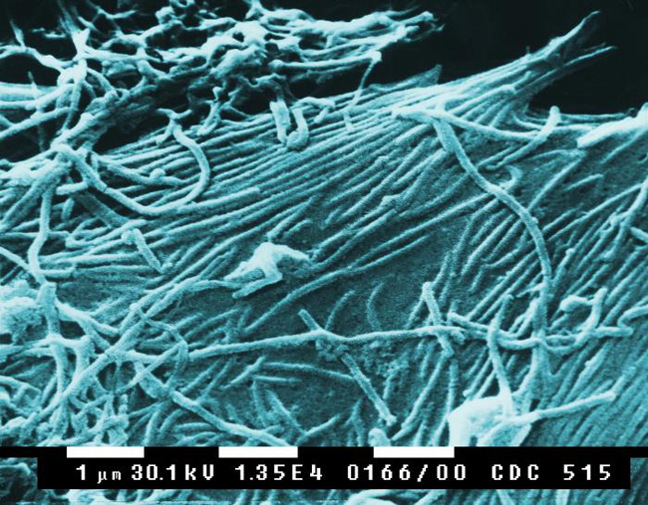 |
| World AIDS Day |
World AIDS Day, observed on 01 December in every year, is one of the official public health campaigns, initiated by World Health Organization. All over the world including government organizations, educational institutions and non-governmental organizations observe the day, giving importance to raise the awareness against prevention and control of AIDS pandemic, which is caused by HIV virus.
The facts of HIV
Human Immunodeficiency Virus attacks the body's immune system and higher the chance of getting secondary infection. This virus is transmitted mainly through sexual contact without a condom and by sharing infected needles or equipment. This is the fact that 90% of people are getting infected through the unprotected sexual contact. No one could develop vaccine yet, thus, no cure for HIV.
The main aim of observing World AIDS Day is to create awareness regarding route of transmission, prevention and control measures including use of condoms and disposable syringes.
The theme of World AIDS Day 2014 is closing the gap between prevention and treatment. To achieve 'Zero HIV case' in 2030, we have to close the gap between the people who have access to HIV prevention and treatment and who haven't.







